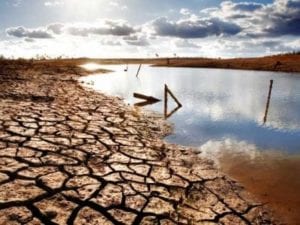A country like South Africa, where rainfall is variable and unpredictable, has to plan for the worst. Specifically, it has to plan to manage the impacts of drought. For cities, present practice is to store enough water to supply the needs of each region during the worst conditions likely to occur in 50 years.
By Mike Muller, University of the Witwatersrand To meet that target for the growing population of Gauteng, the country’s economic hub, a new dam must be built. The site has been chosen, the Polihali Dam, identified as Phase 2 of the Lesotho Highlands Water Project. As so often in South Africa, the problem is not the plan but the delays in its implementation. According to the original planning, the dam should be completed by 2018. Given slow progress, my understanding is that it is now not possible for it to deliver water before 2024. So, for at least six years, there is a risk that the water needs of Gauteng, which contributes more than a third of the country’s GDP, will not be met reliably. It only took a few days of hot weather in Johannesburg for two things to happen: suburban reservoirs ran dry, and residents panicked. City authorities introduced restrictions on watering gardens and washing cars, and residents reacted as though this had never happened before, which in fact it had.The extreme weather can serve a useful purpose: it should focus the attention of people and policy makers on the deadline to build the new dam. If no action is taken, policy makers will have only themselves to blame when failure of another vital service disrupts people’s lives, and the economy.
Disclosure statement Mike Muller has received funding from the South African Water Research Commission and advises a range of private and public organisations on water and development matters at national, regional and international levels. Click here to read more –The Conversation







